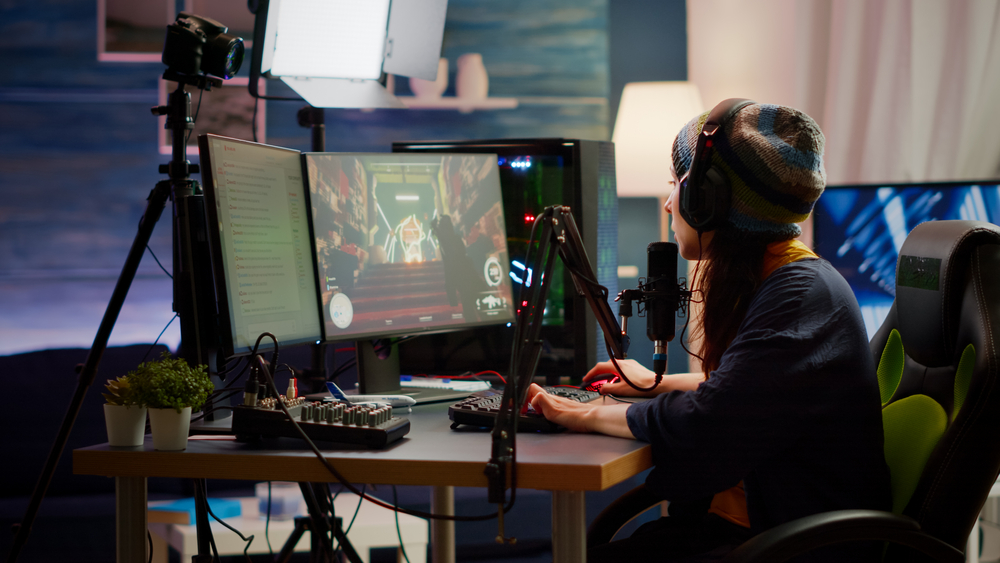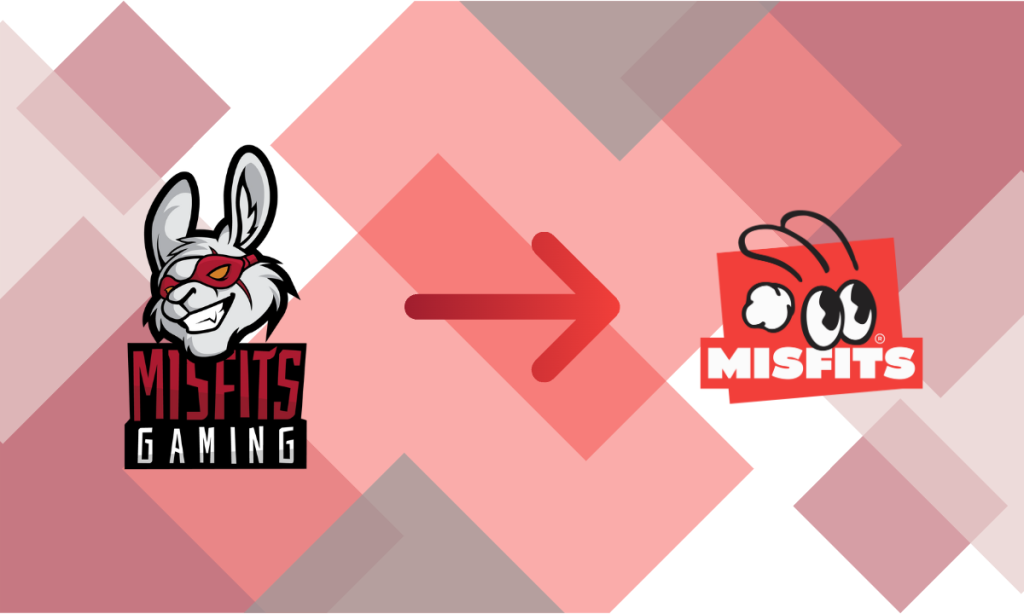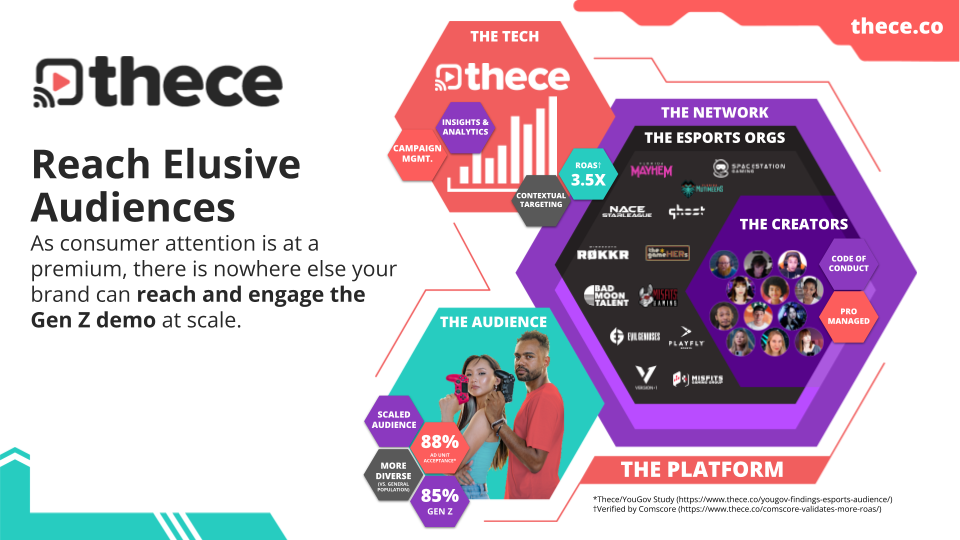
There is an inherent problem with revenue generation in esports. Prize money doesn’t sustain most esports organisations; the industry doesn’t have a media-rights safety blanket like traditional sports; there is an overreliance on big-money sponsorships. New options are needed, and esports organisations are aware of that.
To fix the problem, some teams are shifting away from esports and towards other areas, such as the broader gaming space with titles like Pokemon and Roblox, and the creator sector. Misfits Gaming, a North American organisation that previously owned an illustrious LEC franchise spot, is a notable example, which recently angled itself away from esports.
The reason for this shift, which has recently been solidified with a new visual identity, is to diversify its operations and revenue opportunities. “I would say we’re playing in more general revenue buckets,” Justin Stefanovic, Senior Vice President at Misfits Gaming Group, told Esports Insider.
“Esports sponsorships generally come from marketing-specific or sports sponsorship money. However, there are also buckets for media, content, social, influencer, event et cetera that all can be tapped into. I think brands understand the influencer play, content play, et cetera a bit more than esports currently, so they are more comfortable spending in this arena with talent famous for streaming.”
This doesn’t mean that Misfits is all the way out on esports. The company still owns Florida-based franchises in Call of Duty and Overwatch League, as well as a women’s VALORANT roster. However, these moves are a significant sign that esports organisations are having to think outside the box in order to generate additional funds and become more appealing to sponsors.
As Stefanovic highlighted though, not all esports organisations need to look that far away to find a solution. Whilst some organisations have opted to create music labels, media companies and game development studios, better utilising the influencer and streamer market could be an efficient way to strengthen financially.
The continued integration of streamers should not be seen as a negative move. They not only bring eyes to an organisation, but most have loyal communities that are willing to follow them. In some sense, this is similar to a lot of esports fandoms following a player’s career as opposed to a team itself. At baseline, that’s already a solid reason for organisations to work with streamers, and perhaps push some of their most notable esports athletes to stream more often as well.
Creating campaigns for esports creators
When it comes to getting the most out of content creators and influencers, Zachary Rozga, Founder and CEO of Thece — an advertising tech solution that works exclusively with esports organisations on streamer marketing campaigns — highlighted how many teams are missing out on creating marketing campaigns tailored towards mid- to low-tier streamers.
“I think smart organisations are growing their creator roster and not necessarily into the celebrity domain but, you know, generally across the board [are] picking up some mid-tiers,” he said. “You do have to have, like, one or two celebrities that kind of gives you that shiny light, and so I think it’s a matter of ‘how do you put together a portfolio of opportunities?’”
Rozga said Thece works exclusively with esports organisations because it’s easier for the company to have streamers that have been vetted.
Streamers contracted to organisations represent the team, and as a result, most have gone through some sort of vetting process. This makes it easier for Thece to sell to advertisers when discussing large-scale campaigns across multiple networks.
The company’s business model is also rather unique in the esports space: rather than sell an esports organisation to sponsors, it sells demographics accessed through Thece’s esports partners.

“It’s really about how many impressions and how much audience the organisation commands,” Rozga said. “Then we take an estimate of their audience and we also look at the types of creators they have, the types of games you play, et cetera. Then we take that and we pull it together and we have a bank of impressions. We then take that bank of impressions, that are esports impressions, and we sell it to advertisers.”
This means that instead of advertisers asking to sponsor an organisation, the company will instead look to target a select demographic. “That allows us to talk to media buyers who aren’t necessarily looking to say, ‘I want to be a part of the success of Ghost Gaming; [instead] I’m looking for people who are interested in Rocket League between the ages of 18 to 24.’ It’s actually flipping the script a little bit around what is the success of that organisation to what is the audience it commands.”
Rozga disclosed that Thece operates on a 50/50 revenue split (after cost of goods sold) with organisations, which applies to all of its partners no matter the size. Esports organisations on Thece’s roster include Misfits, Ghost Gaming, Version 1, Spacestation Gaming and Evil Geniuses, among others.
Rozga raised the point that the company’s numbers and impression-based model “levels up” the playing field for mid-tier streamers, with organisations not wanting to interfere in the commercial activities of its ‘celebrity’ rosters.
“They [esports organisations] don’t necessarily get high-margin monetisation on their mid-tiers, but those mid-tiers are the ones that are actually grinding,” Rozga stated. “They’re the ones that are actually on screen all the time. And so this is a really great supplement to their income to allow for that to happen.”
Rozga detailed that Thece’s network typically aligns more with non-endemic sponsors since there is a higher possibility of conflicts of interest if endemic sponsor campaigns are created. A couple of notable Thece campaigns include the ‘Got Milk’ campaign, and PSA campaigns funded by the US government around Don’t Drink and Drive.

Further collaboration between content creators and esports organisations will also benefit creators, whose earnings are sometimes subject to sudden change. Twitch’s policy changes over the last 12 months have resulted in backlash from the creator community, with a 70/30 revenue split (streamers/Twitch) now available only with certain caveats — and once a creator hits $100,000 worth of monthly subscriptions, the revenue split drops to 50/50.
This change has led to the rise of other streaming sites such as Kick, which has secured some of Twitch’s biggest streamers on multi-million-dollar deals, notably Amouranth, Adin Ross and, in a two-year, $100m deal, xQc. The instability of the creator economy could mean it is smart for streamers to team up with esports organisations that can support them with reliable monthly income.
Esports organisations are searching for new revenue opportunities due to a culmination of everal factors that together have resulted in what has been dubbed the ‘esports winter’. Riot Games’ recent blog post on the state of the industry in some ways highlighted the publisher’s commitment to the sector by discussing potential revenue options.
However, there are inherent barriers to major revenue generation in esports, such as entrenched fan habits (fans are accustomed to consuming content for free on Twitch and YouTube), a lack of media-rights revenue and an inability of most teams to sell merchandise. Tapping into the power of content creators may prove part of the solution for some.
“Are there corrections going to be made in the space? Yes, of course. And that is good for the long-term health of esports,” Misfits’ Stefanovic said. “Do we have to have some eye-opening conversations? Yes. Again, good to have for future stability. I think organisations diversifying their revenue — just like any business — is important.”





